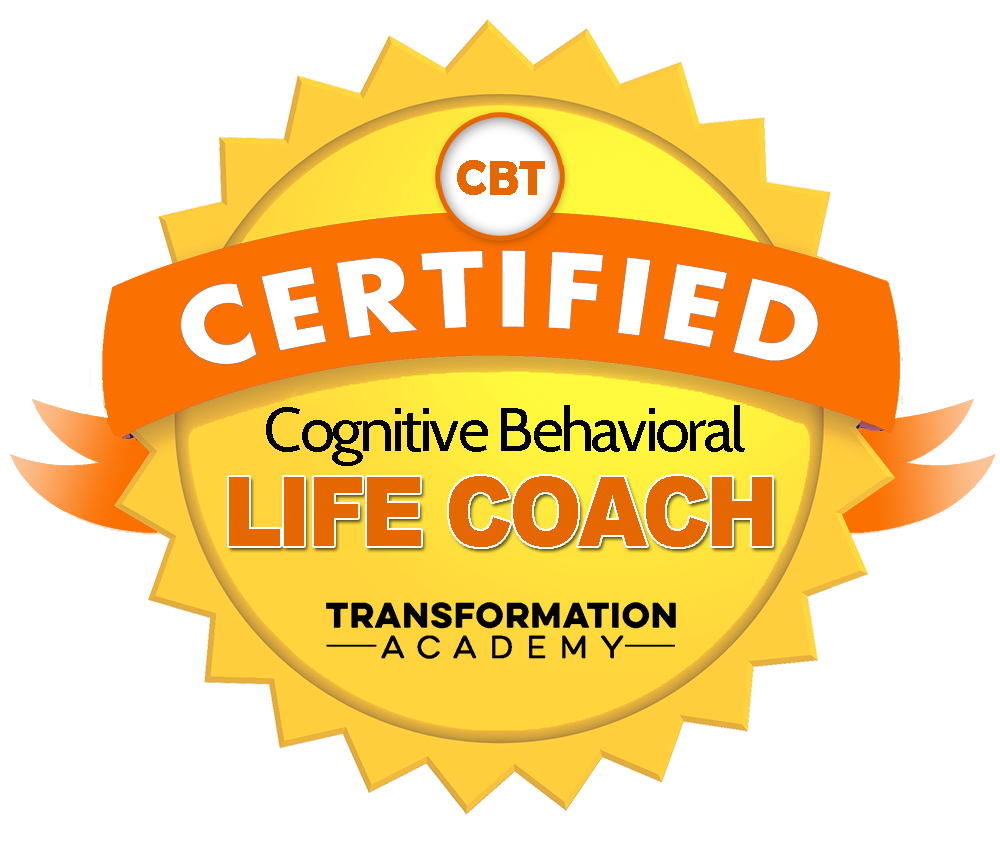Generalised Anxiety Disorder

Understanding Generalised Anxiety Disorder (GAD) And Its Management
Generalised Anxiety Disorder (GAD) is a common mental health condition that affects approximately three percent of the population. Unlike other anxiety disorders, GAD has no specific triggers. It can affect individuals unexpectedly, with feelings of worry and anxiety creeping into their minds without any clear cause. Despite all indications that the worry is unnecessary, individuals with GAD find it difficult, if not impossible, to stop these intrusive thoughts.
Symptoms and Impact
People suffering from GAD often expect the worst-case scenario in various situations, which prevents them from relaxing and enjoying life. This constant state of worry can lead to several physical and emotional symptoms, including:
- Insomnia
- Fatigue
- Headaches
- Irritability
- Trembling
These symptoms can severely impact an individual’s quality of life, making everyday activities challenging. GAD affects nearly four million people each year, with the onset often occurring during childhood or adolescence, although it can first appear in adulthood. Statistically, it affects women more frequently than men.
Categories of Anxiety Disorders
GAD is just one of six recognised anxiety disorders, each with unique characteristics and treatment approaches. These categories include:
- Generalised Anxiety Disorder (GAD)
- Panic Disorder
- Social Anxiety Disorder
- Post-Traumatic Stress Disorder (PTSD)
- Obsessive-Compulsive Disorder (OCD)
- Phobia-Related Anxiety Disorders
Understanding that GAD is part of a broader spectrum of anxiety disorders is crucial for comprehensive treatment and management.
Treatment Options
Fortunately, GAD, along with the other anxiety disorders, is treatable. Professional therapy is essential for effective management, and there are two main types of recommended therapy: cognitive therapy and behavioural therapy.
Cognitive Therapy
Cognitive therapy focuses on changing the individual’s mental state by helping the brain relearn its thinking process. This form of therapy is beneficial for long-term treatment because altering the way a person thinks can significantly affect their overall outlook on life. The therapy aims to:
- Identify negative thought patterns.
- Challenge and replace these patterns with more positive, realistic ones.
- Develop problem-solving skills to manage anxiety-inducing situations better.
Behavioural Therapy
- Behavioural therapy, on the other hand, is a more direct approach. It involves confronting a person’s fears and anxieties head-on. The purpose of this therapy is to help individuals talk about their problems until they become desensitised to the fear or anxiety. Key components of behavioural therapy include:
- Exposure therapy: Gradually exposing the individual to anxiety-provoking situations to reduce fear.
- Relaxation techniques: Teaching methods such as deep breathing and progressive muscle relaxation to manage physical symptoms of anxiety.
- Systematic desensitisation: Combining relaxation techniques with gradual exposure to anxiety triggers.
The Road to Recovery
Whichever method a person chooses, treatment for GAD can significantly improve their quality of life. A life free of unnecessary worry and fear is possible with time, effort, and professional support. The benefits of effective treatment include:
- Improved sleep quality
- Increased energy and reduced fatigue
- Better concentration and mental clarity
- Enhanced relationships and social interactions
- Overall improvement in physical and mental well-being
Conclusion
Generalised Anxiety Disorder is a pervasive condition that can profoundly affect an individual’s life. However, it is important to remember that it is treatable. Seeking help from a professional therapist and engaging in either cognitive or behavioural therapy can pave the way for a more enjoyable, fulfilling life. Overcoming GAD involves commitment and effort, but the rewards are well worth it. By addressing and managing the symptoms, individuals can reclaim their lives from the grip of constant worry and anxiety.
If you or someone you know is struggling with GAD, it is crucial to seek professional help. Early intervention can lead to better outcomes and help individuals lead a life free from the constraints of anxiety. Remember, you are not alone, and effective treatment is available. Embrace the journey towards a healthier, anxiety-free life.
Click the link below to book your free clarity call or free virtual coffee chat.
Grab a copy of our newletter by completing the form below, this will then be sent to your inbox every month.
My Affirmation For The Week
"Creativity is contagious. Pass it on."









